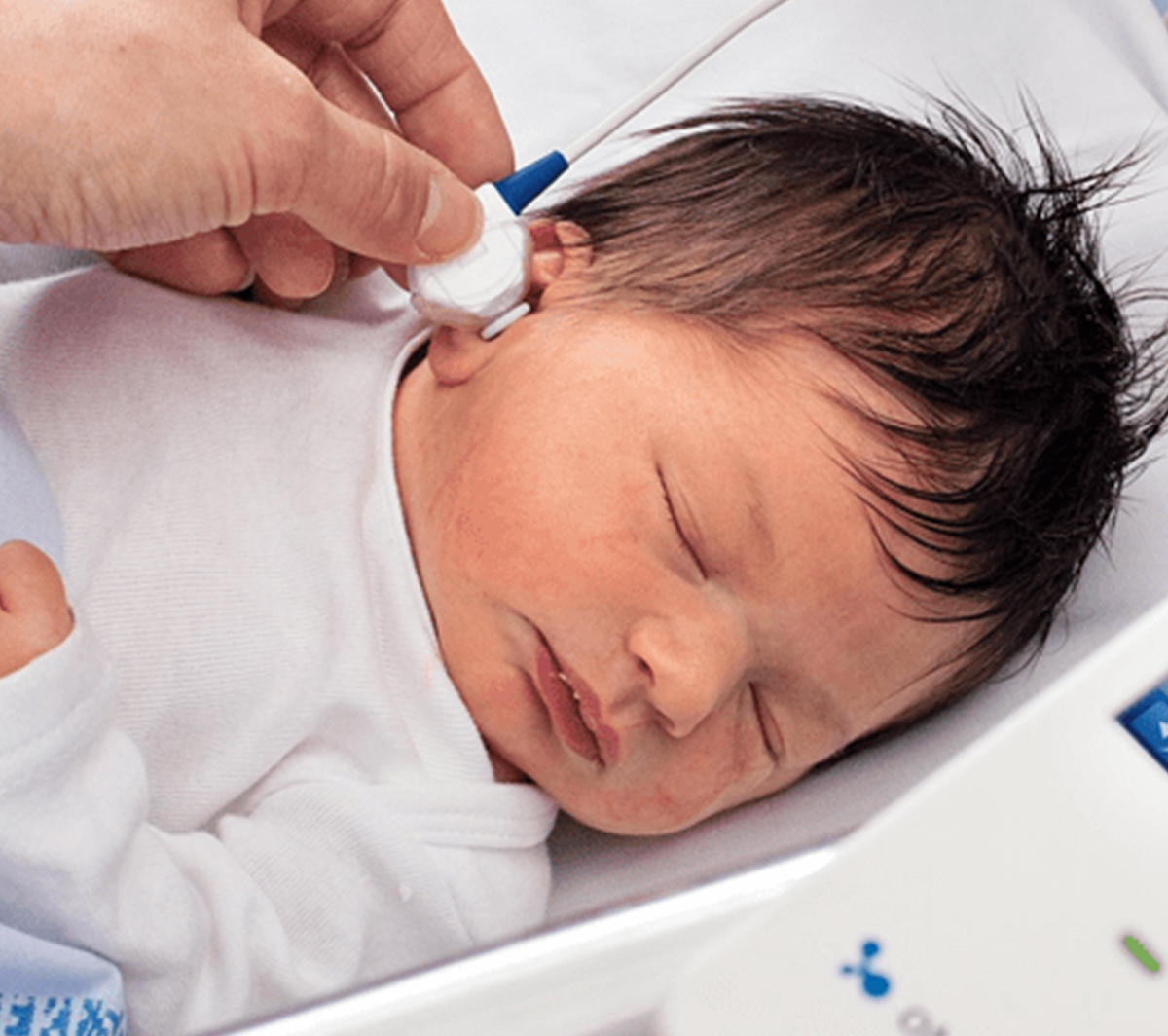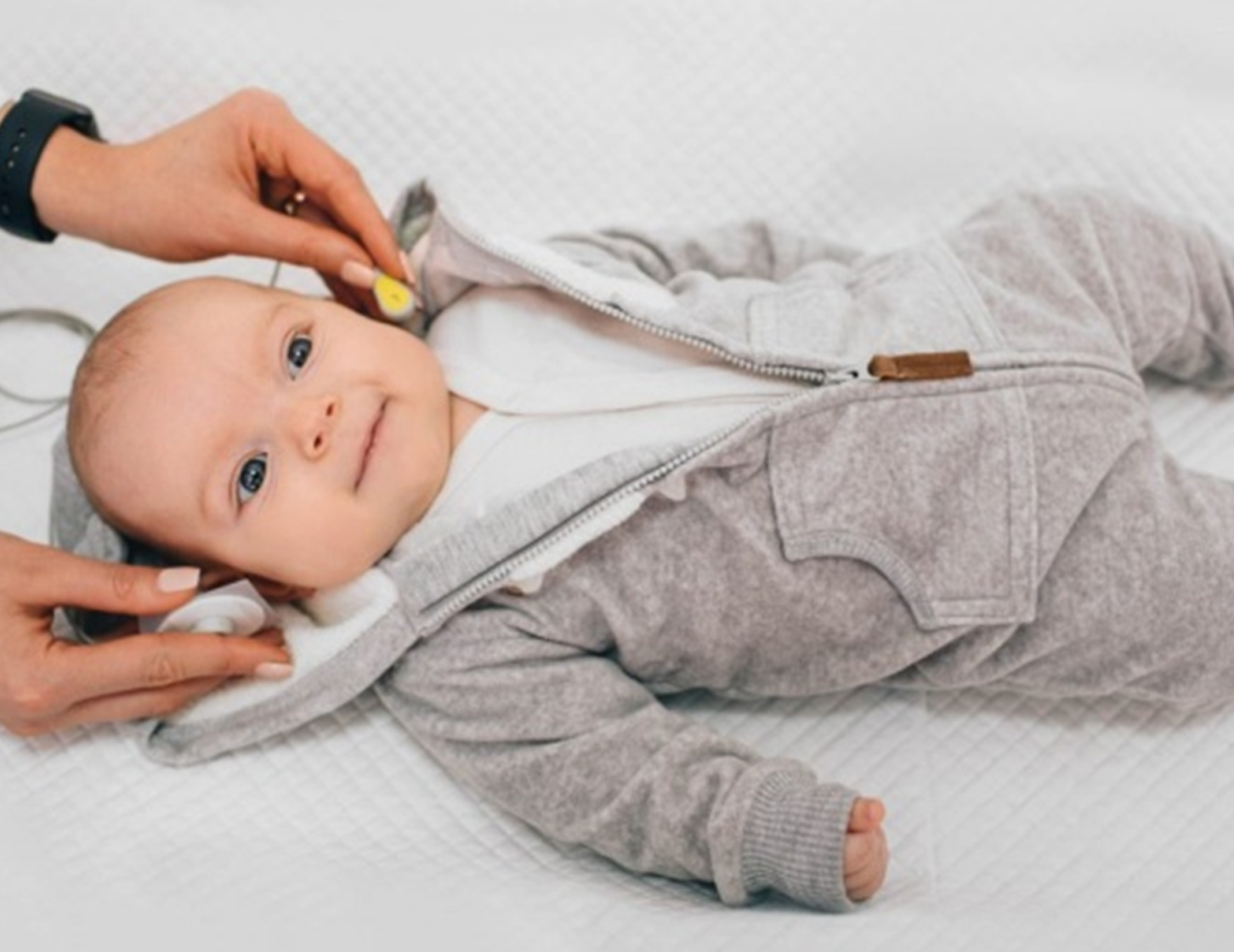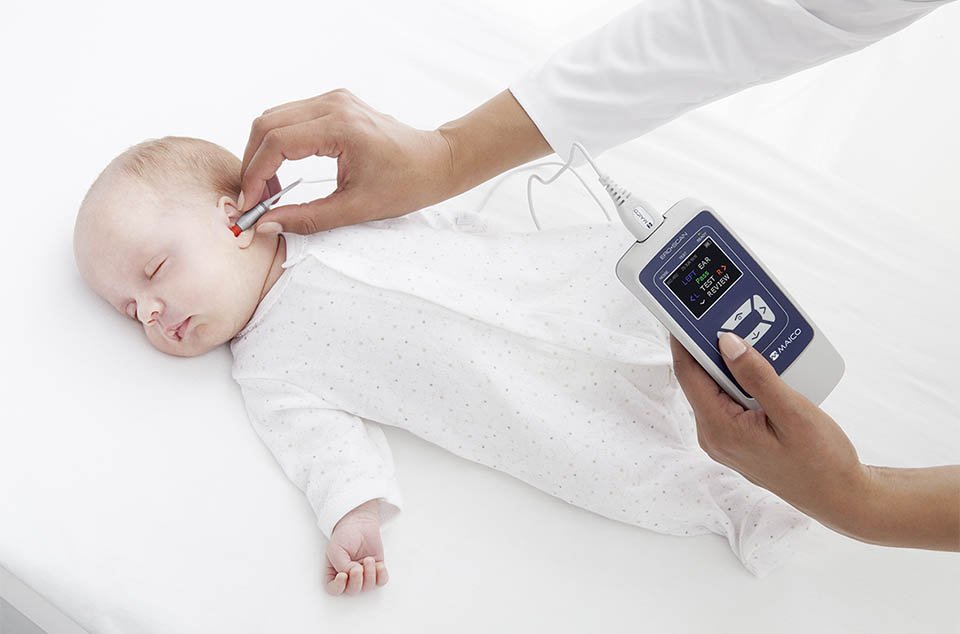
What is an Otoacoustic Emission?
The ear has three major parts- the outer, the middle, and the inner ear. Otoacoustic Emission is a sound produced by the inner ear when we hear any sound. Based on the OAE, the test measures how well the cochlea functions. In the case of normal hearing, you will likely produce OAEs. But, in any case of hearing impairment, OAE sound is not produced. The OAE hearing test also gauges any blockage in the middle or outer area. If there is, no sound will be reflected through the inner area, indicating a disturbance in the functioning. Basically, this test is done to identify hearing loss in children up to 3 years of age.

Why Is the Otoacoustic Emission Test Done?
The purpose of the Otoacoustic Emissions test is to find out the functionality of cochlear specifically in hair cells. The information from the test could be used to measure the quality of hearing in infants or individuals with developmental disabilities and to assess hearing sensitivity within a specific range. The test also helps look for feigned hearing loss. The cochlear receives and processes less-intensity soft sounds (called OAEs). The hair cells in the inner ear produce vibration in response to the sounds, which “echo” back into the middle ear. The absence of those vibrations or OAE may indicate hearing loss. This is why professional audiologists conduct this test to rule out hearing loss in babies.

Benefits of Otoacoustic Emission
- The OAE testing rules out the inner ear’s response to external sounds. It is majorly important for infants who may not be able to respond to behavioral testing because of their age.
- The absence of OAEs may point out problems with hearing, such as earwax buildup, infection in the middle ear, or a non-functional inner ear.
- It also diagnoses conductive hearing loss.
- It detects blockages in the outer or middle ear.
- It can help to detect sensorineural hearing loss in the cochlea.
- It is non-invasive and considered safe for newborns.
What is the Procedure for OAE Screening?

Professional audiologists use a non-invasive procedure to insert a small probe made of foam or rubber into your child’s ear (both ears). Your child will be made to hear soft sounds through the rubber tip, and a computer will record echoes or OAE from the ears. This only takes a couple of minutes in a quiet sound booth. Your child is not required to sleep during the procedure but is made to stay still through the test duration.
The result is displayed on the screening unit as a “pass” or a “refer.” If any of the ears does not “pass” the first OAE is screened again within 14 days of the initial screening. Further, if the second OAE does not show a “pass”, the child must be evaluated by an ENT specialist
FAQ Related to Otoacoustic Emission
Q1 What are the types of otoacoustic emissions?
Ans: There are two types of OAEs- spontaneous, transient evoked. Spontaneous OAEs occur are sounds produced by the ear in the absence of a stimulus. Transient evoked OAEs (OAEs) are measured when a click or pure-tone stimulus is involved.
Q2 What is the purpose of OAEs?
Ans: The Otoacoustic Emission test is used to measure the functionality of the inner ear or cochlea. The test also gauges any blockage in the middle or outer area. If there is no vibration reflected back during the test, it indicates blockage in the cochlea.The test is done to identify hearing loss in children up to 3 years of age or in individuals with developmental disabilities.
Q3 What is the normal result of OAE?
Ans: OAE amplitudes in the range of -10 dB SPL to +30 dB SPL is considered a sign of healthy functioning ears.
Q4 What is the difference between OAE and Bera?
Ans: Otoacoustic Emission (OAE) test is used widely in hospitals that offer newborn hearing screening programs. It is the most common screening method for screening infants and toddlers. The BERA, on the other hand, is a test that checks for dysregulations in a child’s nervous system that cause hearing disability. The ABR test measures the auditory nerve’s response to sounds.


